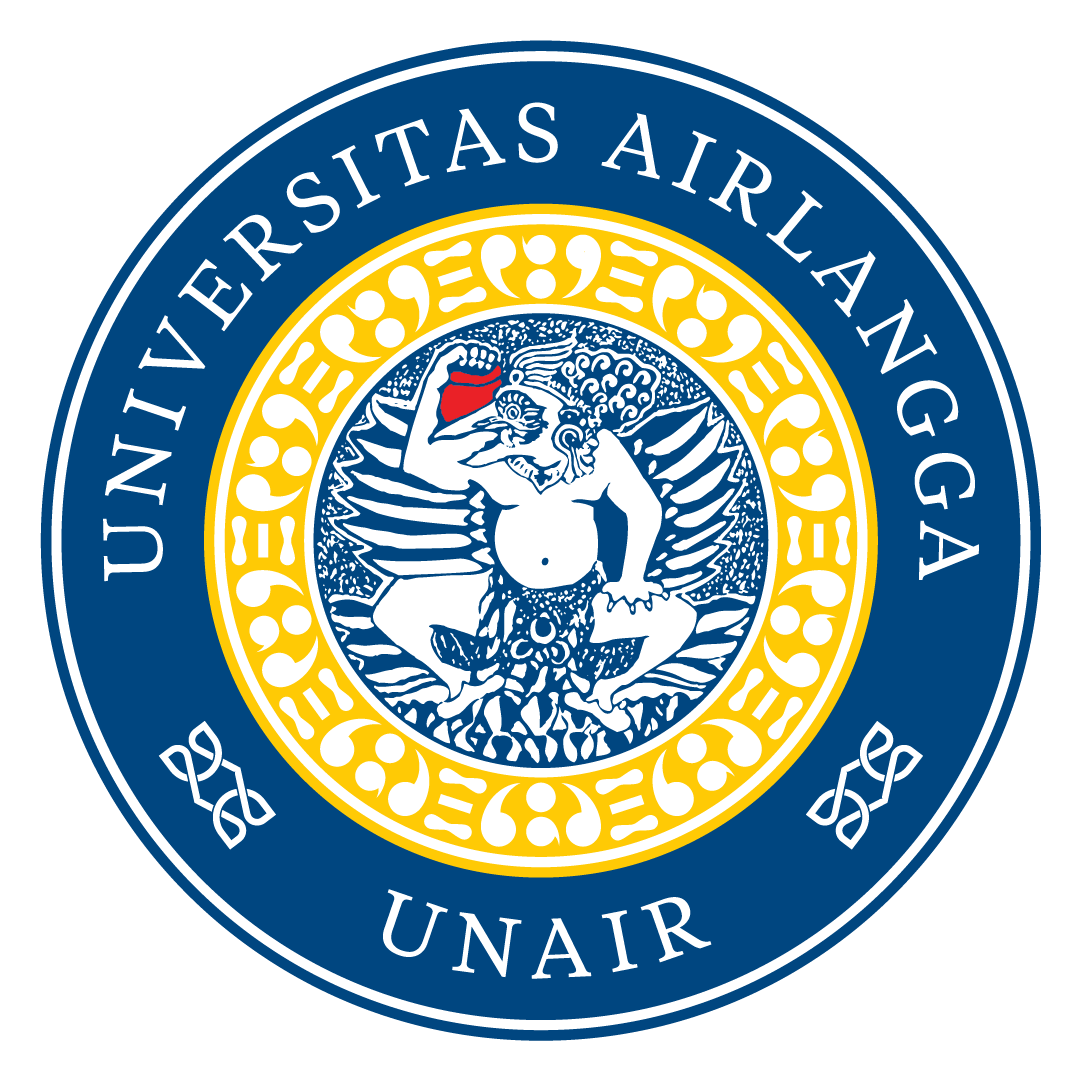Module designation | Elementary Linear Algebra (MAL201) | ||||||||||||||
Semester(s) in which the module is taught | 2nd | ||||||||||||||
Person responsible for the module | Dr. Nenik Estuningsih, M.Si. | ||||||||||||||
Language | Indonesian | ||||||||||||||
Relation to curriculum | Compulsory / elective / specialisation | ||||||||||||||
Teaching methods | Lecture and lesson. | ||||||||||||||
Workload (incl. contact hours, self-study hours) | 3×170 minutes (3×50 minutes lecture and lesson, 3×60 minutes structural activities, 3×60 minutes self-study) per week for 16 weeks | ||||||||||||||
Credit points | 3 CP (4,8 ECTS) | ||||||||||||||
Required and recommended prerequisites for joining the module | – | ||||||||||||||
Module objectives/intended learning outcomes | General Competencies: Able to solve Systems of Linear Equations (SPL) using various methods Specific Competencies: student are able to 1. Solve Systems of Linear Equations (SPL) with Gauss and Gauss-Jordan Elimination 2. Shows the properties of various types of matrices 3. Determine the inverse of a matrix and use it to solve SPL 4. Determine the determinant value of a matrix to solve SPL using Cramer’s method. 5. Determine the eigenvalues and eigenvectors of a matrix 6. Determine the basis of the Euclidean vector space 7. Determine orthonormal basis on Euclidean vector space | ||||||||||||||
Content | Systems of Linear Equations (SPL), homogeneous and non-homogeneous SPL, solving SPL using the Gauss and Gauss-Jordan methods, Matrix (matrix algebra operations, types of matrices, inverse matrices, elementary matrices, solving SPL using the inverse matrix method), determinant (determining determinant value with permutation, with elementary row operations, with properties, and with cofactor expansion. Inverse matrix with adjoint, solving SPL with Cramer’s method, eigenvalues and eigenvectors and their characterization, diagonalization), Euclidean spaces R2 and R3, linear combinations, sets range, linear freedom, row space and column space, matrix rank, dot product, cross product, orthogonal projection, orthogonal basis, orthonormal basis, Gram-Schmidt process | ||||||||||||||
Examination forms | Essay | ||||||||||||||
Study and examination requirements | Students are considered to pass if they at least have got a final score 40 (D). Final score is calculated as follows: 10% softskill+20% assignment + 20% Quiz + 25% midterm + 25% final exam (Presentations and Papers).
Final index is defined as follow:
| ||||||||||||||
Reading list |
|

